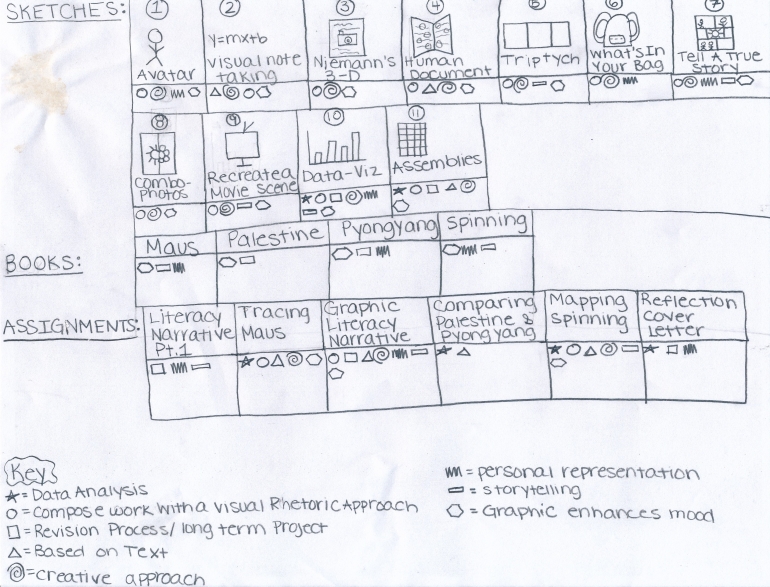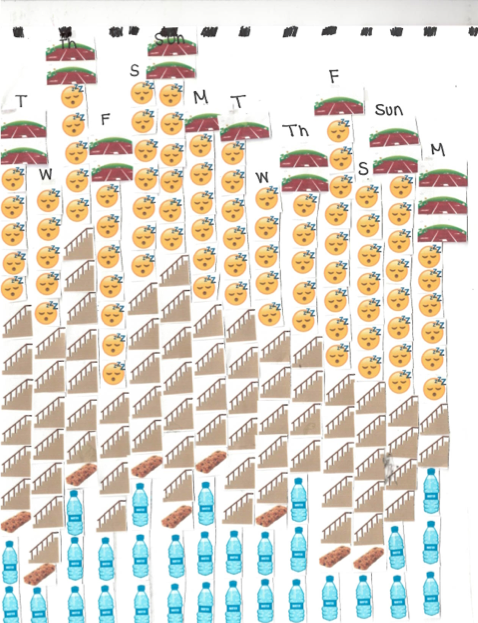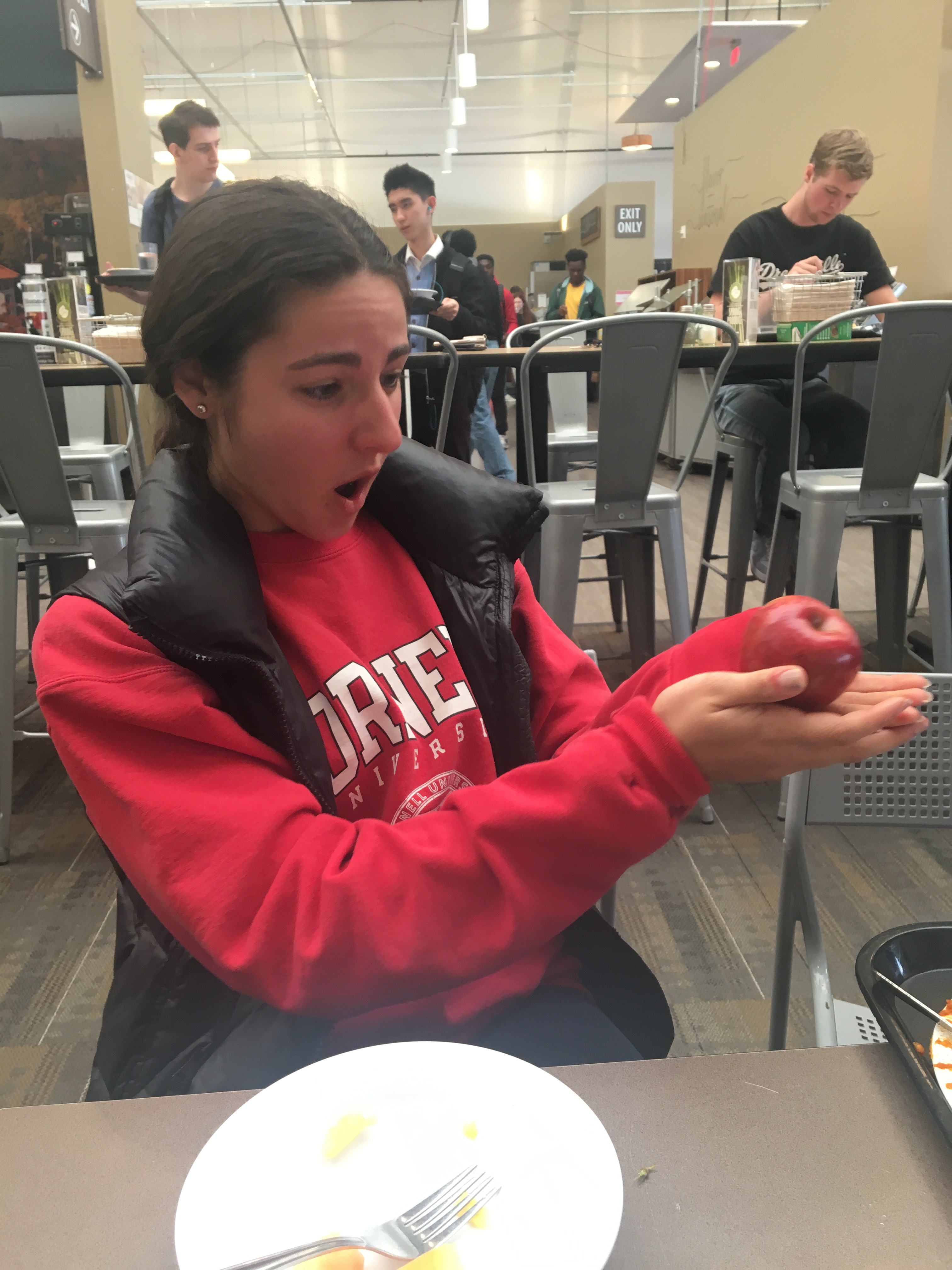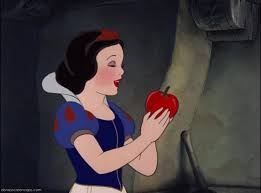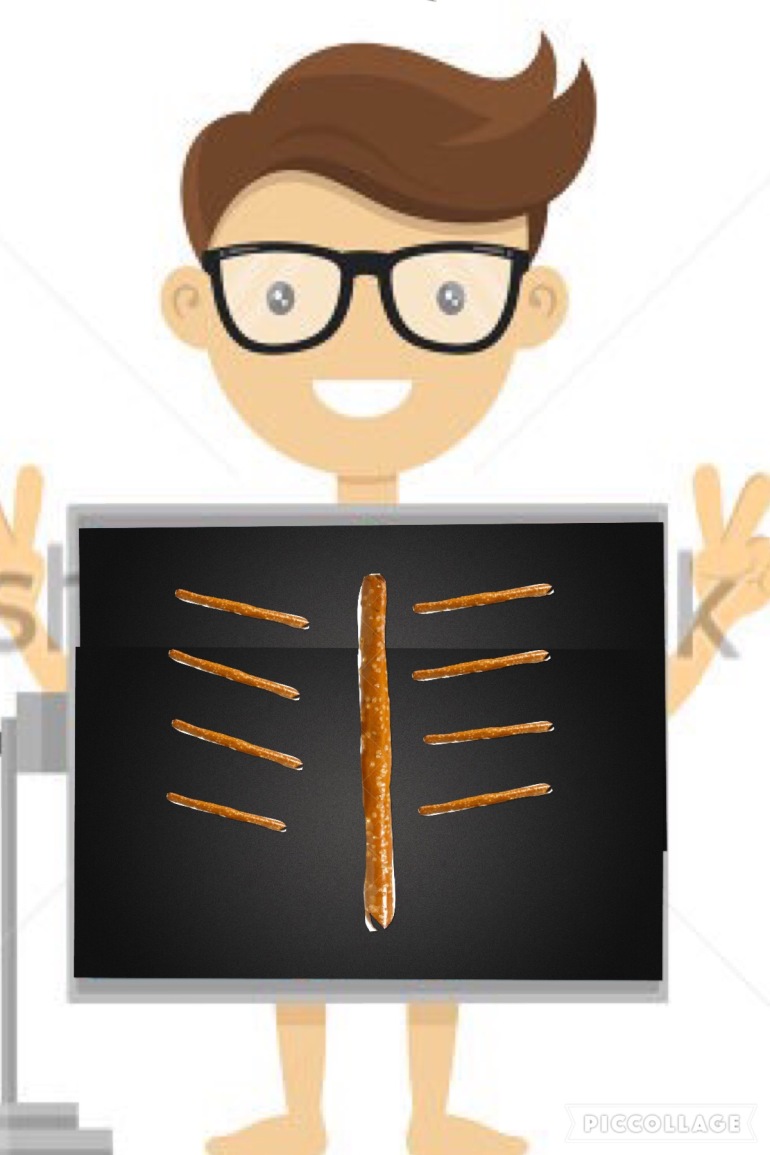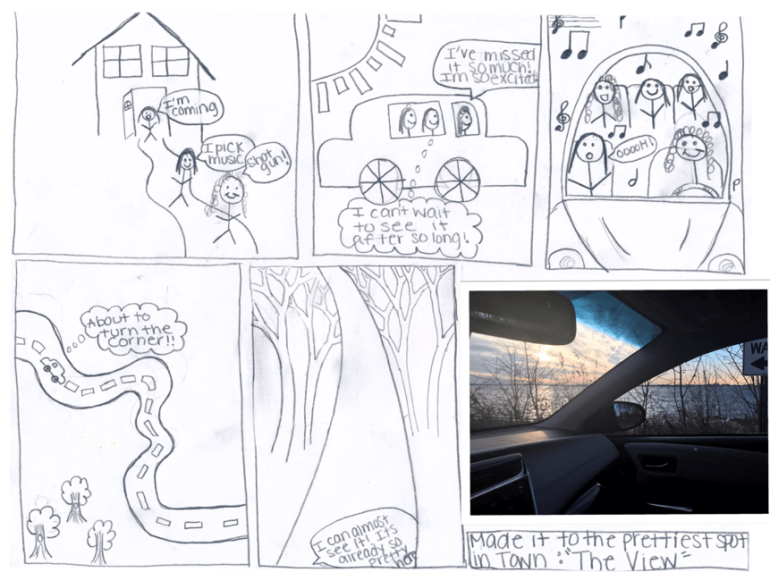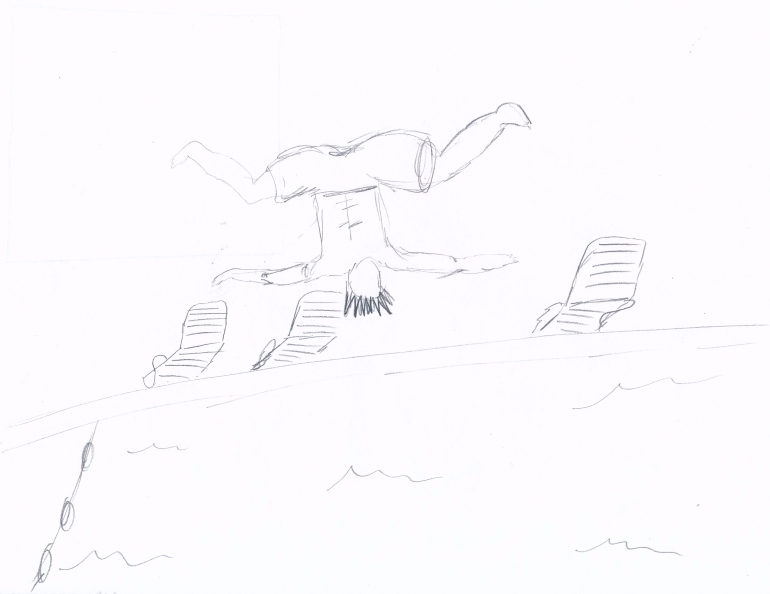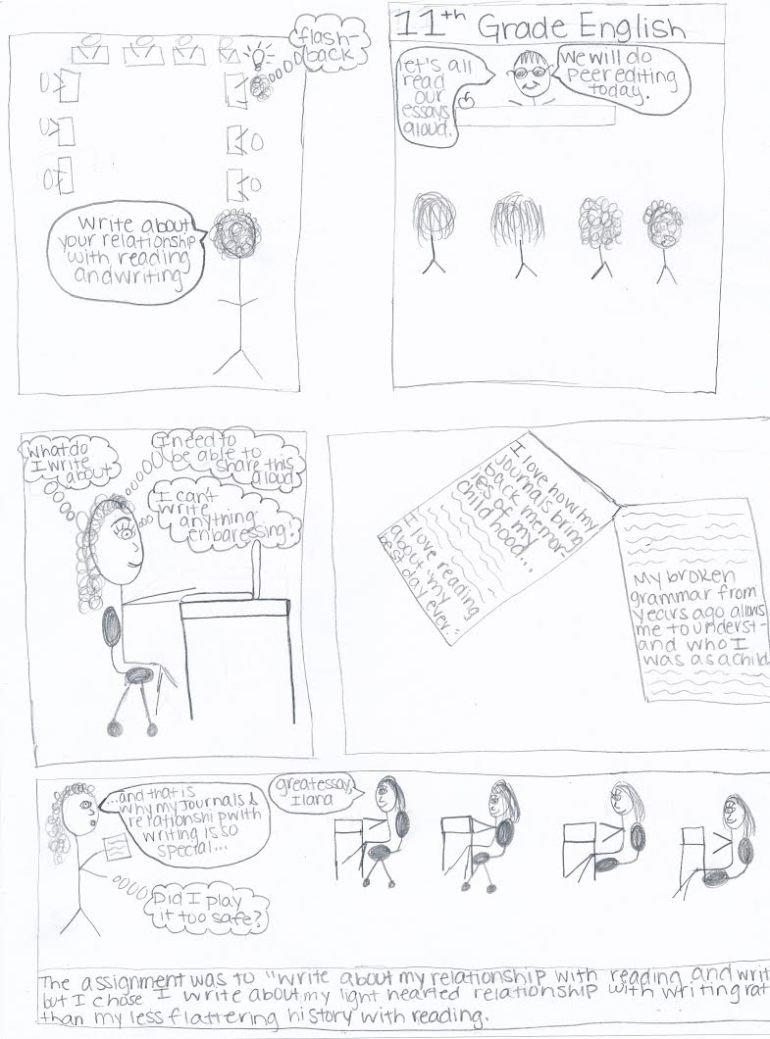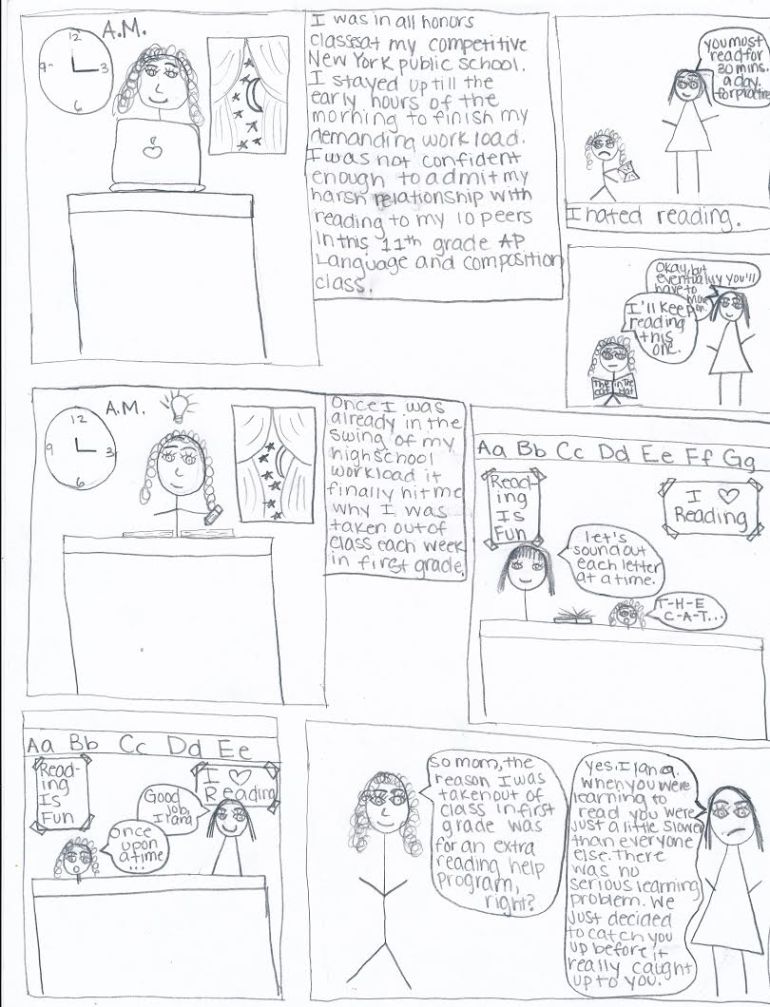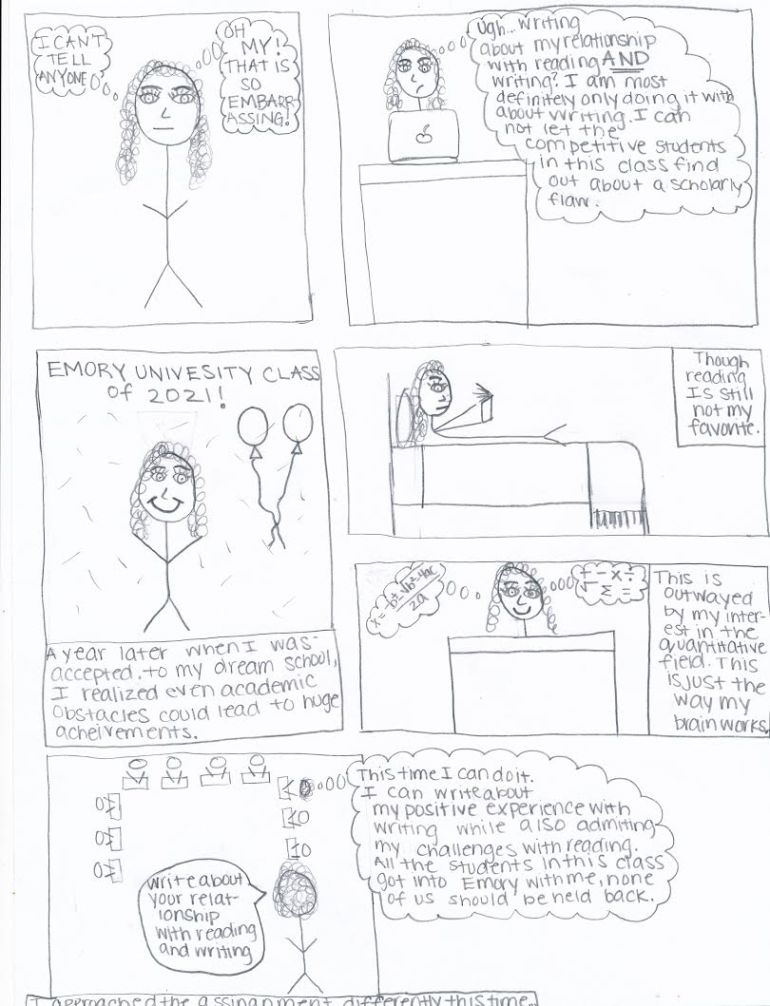Assemblies- Sketch 11
Looking closely at the Cocktail Construction Visualization allowed me to realize how to go about this overwhelming sketch assignment. At first glance, the different patterns and shapes scattered throughout the page were extremely confusing. but, I then noticed the key that tied together what each drink consisted of. Making a key and laying out all eleven Sunday Sketches, four graphic novels, and six larger assignments allowed me to visualize common factors for each part of this Visual Literature Freshman English Class.
Making the key of common themes of this course and deciphering which projects included each category was sort of challenging. While some are simple such as “creative approach” and “storytelling”, I felt as though they had to be included to show the theme of this class as a whole. In addition, I used the three course outcomes to frame some other parts. Knowing which projects formed my skill on revision and reframing projects, taught me how to use a new rhetoric technique of visual representational storytelling, and included textual analysis to strengthen my writing skills will be extremely useful for my Reflection Cover Letter.
Framing this “Assemblies” assignment uncovered a lot of the synthesis of this class as a whole. A big example of this took place with the “Data Analysis” section of my key. Our last two assignments- Data Visualization in Your Everyday Life and Mapping Spinning- were the two obvious data analysis projects we completed during this semester. However, looking back at the coursework allowed me to realize that this theme has been consistent. I have interpreted Tracing Maus and Comparing Palestine and Pyongyang to also include this type of skill in more of a textual way instead of visual. For example, though we close read individual pages of Maus for the assignment, the overall project of making three connections that encompass the novel as a whole track data throughout the entire layered story. In addition, comparing and contrasting Palestine verse Pyongyang forced me to uncover similar themes consistent throughout the novel and track their relevances in retrospect to each novel.
The sunday sketches as a whole show the diversity of visual representations. Many include personal representations of myself in non-traditional ways. Who would have thought a cartoon avatar, photo of what I carry in my backpack from day to day, or “True Story” would mirror a personal narrative. As a whole, this course has gone beyond boundaries of a traditional english class. 